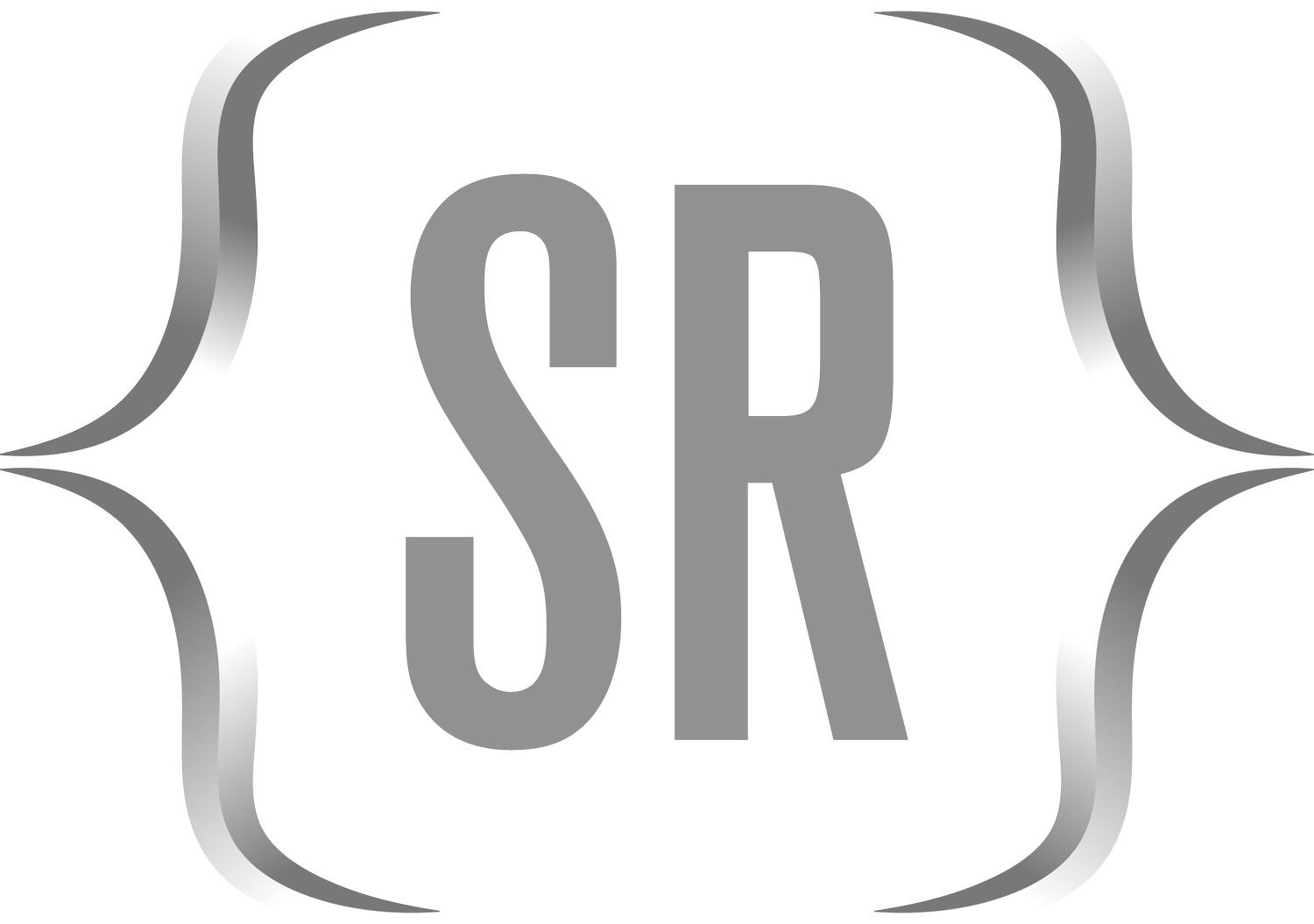
The “left_join” Function in R
To perform a left join between two data frames, merging them based on matching values in specified columns.
The “bind_cols” Function in R
To combine multiple data frames or tibbles by binding them horizontally (column-binding).
The “bind_rows” Function in R
To combine multiple data frames or tibbles by stacking them vertically (row-binding).
The “slice” Function in R
To subset data by selecting specific rows based on their positions.
The “distinct” Function in R
To identify and extract unique rows in a data frame or tibble based on specified columns.
The “summarize” Function in R
To create summary statistics or aggregations of data in a data frame or tibble.
The “theme_dark” Function in R
To set the default ggplot2 theme with a dark background, providing a visually appealing and modern aesthetic.
The “theme_light” Function in R
To set the default ggplot2 theme with a light background, suitable for clean and readable visualizations.
The “theme_classic” Function in R
To set the default ggplot2 theme with a classic, clean, and minimalistic appearance.
The “theme_set” Function in R
To set the default theme for ggplot2 plots for the current session.
The “theme_void” Function in R
To create a completely blank and minimalistic theme for ggplot2 plots, removing all background elements.
The “geom_tile” Function in R
To create a heatmap or a tile plot by filling rectangles with colors based on a continuous variable or specified values.
The “geom_violin” Function in R
To create violin plots, which are a combination of a box plot and a kernel density plot, providing a visual representation of the distribution of data.
The “geom_smooth” Function in R
To add a smooth curve to a scatter plot for visualizing trends.
The “coord_flip” Function in R
To create a horizontal version of a ggplot by swapping the x and y axes.
The “theme_bw” Function in R
To apply a black and white theme to ggplot objects, providing a clean and simple appearance.
